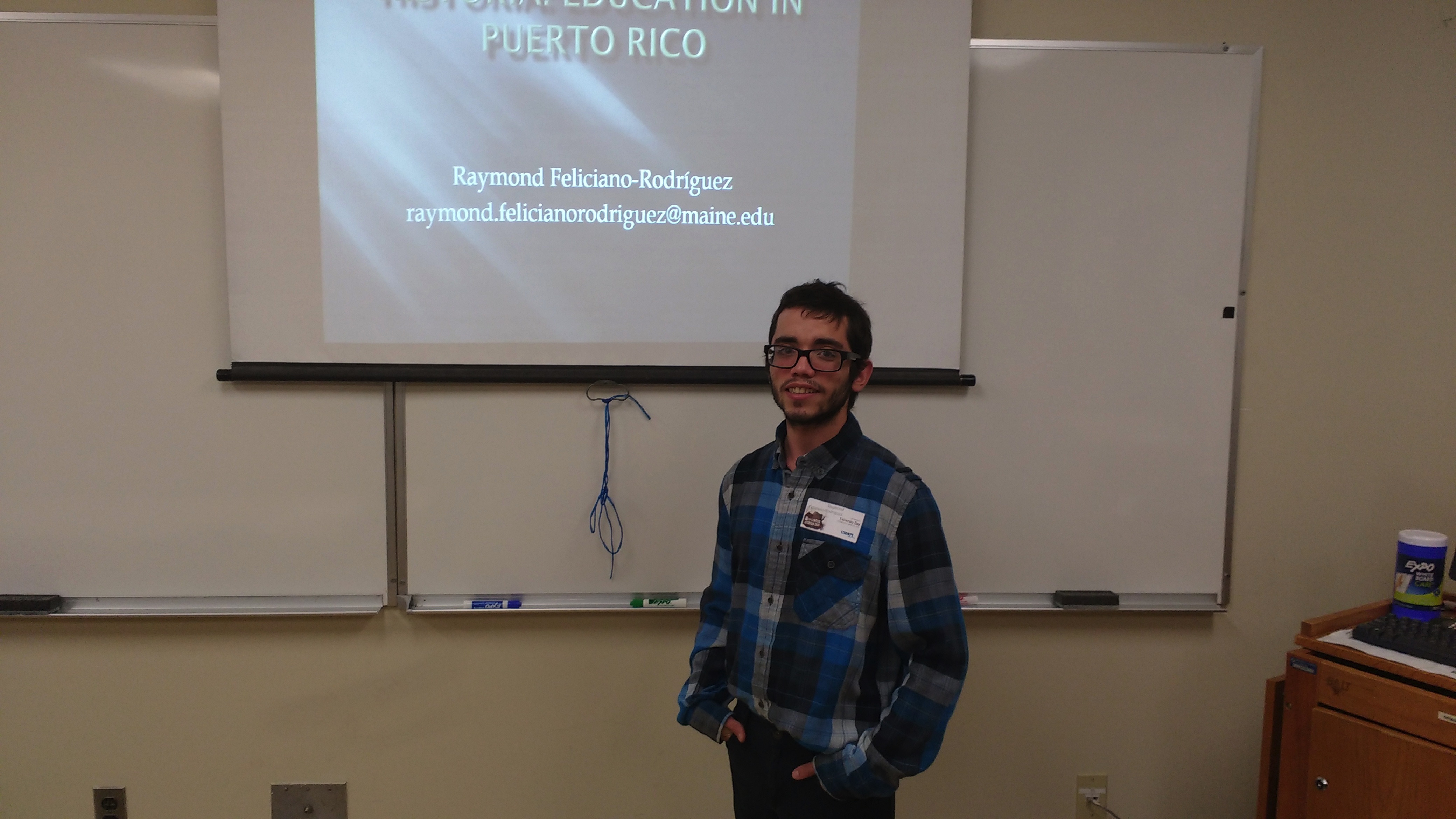Hello everyone and welcome to or back to the University of Maine at Presque Isle. If you are interested in astronomy, we have several treats for you in and around the Presque Isle area.
The University Times runs this ongoing series of articles about astronomy. The topics vary from edition to edition and will contain news related to astronomy. Although I have some articles in mind, I would like your input on possible articles. If you have any questions or would like to suggest an article, please feel free to email me at: jimamdbeckystepp@gmail.com.
There is the local Aroostook County Astronomy Club that provides educational opportunities and occasional observing nights throughout the year. Joining the local astronomy club is easy: just join our Facebook group “Aroostook County Astronomy Club.” By joining the group, you will be able to receive interesting articles about astronomy, be notified of upcoming club events, receive information about celestial events and receive notifications about possible northern lights. You should also take a look at our website at: http://aroostookastronomy.strikingly.com/.
The Maine Solar System Model was dedicated in 2003. At that time it was the largest to scale solar system model on Earth. Now it is the second largest. The model is built to the scale of 1 to 93 million. One mile is equal to 93,000,000 miles. At this scale, the Earth is located near Percy’s Auto Sales, one mile south of UMPI’s campus on Route 1. For more information about the Maine Solar System Model, go to: http://pages.umpi.edu/nmms/solar/.
The Francis Malcolm Science Center, located in Easton, has a planetarium and hosts occasional planetarium shows and observing nights. The science center is a great place to visit and when possible, their shows will be listed here and on the astronomy club’s website and Facebook page. For more information about the science center go to: http://37.60.252.244/~franci87/.
Finally, the Fort Fairfield Public Library currently is working with a “NASA@My Library” grant. This grant permits the library to hold various NASA-related programs in the area. These events have included programs pertaining to NASA launches and programs, observing sessions and general information sessions geared toward education in the STEM fields.
THE NIGHT SKY OVER AROOSTOOK COUNTY
All of the times and events listed below are from www.calsky.com. You may register at this site and load your location (anywhere in the world) to be able to get event information and times. The University of Maine at Presque Isle is located at 68d00m7.8s west longitude and 46d40m45.6s north latitude.
The International Space Station is visible as follows:
Mornings–Through Sept. 18.
Evenings–Sept. 21 to Oct. 13.
To get a free sky chart go to www.skymaps.com.
Sun and Planet Visibility
09/10/2018
06:03 Sunrise.
18:53 Sunset.
05:12–05:48 Mercury.
06:54–19:48 Venus.
19:06–01:24 Mars.
19:06–21:06 Jupiter.
19:24–23:36 Saturn.
09/20/2018
06:16 Sunrise.
18:33 Sunset.
Not visible Mercury.
18:36–19:18 Venus.
18:42–01:06 Mars.
18:42–20:30 Jupiter.
19:00–23:00 Saturn.
09/01 04:29 ISS passes 0.24 degrees from Alnilam (Epsilon Orion).
09/01 04/29 ISS passes 1.39 degrees from Alnitak (Zeta Orion).
09/02 05:30 Mercury at perihelion–closest to the sun–28,583,900 miles/46,001,300 kms.
09/02 23:24 to 23:42 The moon passes through the Hyades Star Cluster in Taurus.
09/02 22:37 Last Quarter Moon.
09/03 04:21 ISS passes 0.16 degrees from Elnath (Beta Taurus).
09/03 04:22 ISS passes 0.78 degrees from Pollux (Beta Gemini).
09/05 04:06 Venus at aphelion–farthest from the sun–67,690,400 miles/108,937,200 kms.
09/06 03:22 ISS passes 0.11 degrees from Castor (Alpha Gemini).
09/07 Neptune at opposition–directly behind and closest to the Earth–2,689,490,400 miles/4,328,315,200 kms.
09/07 21:12 Moon at perigee–closest to the Earth–224,524 miles/361,336 kms.
09/09 14:01 New Moon.
09/10 10:06 Comet Giacobini-Zinner closest to the Earth and brightest–Visible in binoculars–36.438,700 miles/58,642,400 kms.
09/13 05:19 ISS passes 1.08 degrees from Elnath (Beta Taurus).
09/13 20:12 Moon passes 4.04 degrees from Jupiter.
09/14 04:27 ISS passes 1.00 degrees from Caster (Alpha Gemini).
09/16 04:19 ISS passes 0.48 degrees from Bellatrix (Gamma Orion).
09/16 08:52 Mars at perihelion–closest to the sun–128,409,200 miles/206,654,500 kms.
09/16 19:15 First Quarter Moon.
09/17 19:12 Moon 3.20 degrees from Saturn.
09/19 20:47 Moon at apogee–farthest from the Earth–251,599 miles/404,910 kms.
09/20 00:18 Moon 3.94 degrees from Mars.
09/20 21:54 Mercury at superior conjunction–behind the sun–farthest from the Earth–128,929,700 miles/207,492,200 kms.
09/21 19:16 to 20:32 Moon’s eclipses Deneb Algedi (Delta Capricorn).
09/21 19:50 ISS passes 0.33 degrees from the moon.
09/22 21:54 September Equinox–fall begins in the northern hemisphere.
09/24 20:36 Venus at its brightest, -4.78 magnitudes–visible in the morning sky.
09/24 22:52 Full Moon.
09/25 18:00 Equilux–Equal lengths of day and night.
09/29 21:22 to 05:24 Moon passes through the Hyades Star Cluster.
10/02 05:45 Last Quarter Moon.
10/05 18:18 Moon at perigee–closest to the Earth–227,650 miles/366,367 kms.
10/06 05:04 Mercury 2 degrees from Spica (Alpha Virgo).
10/06 19:00 Draconid Meteor Shower–7 meteors/hour.
10/07 19:00 Draconid Meteor Shower–10 meteors/hour.
10/08 20:00 Draconid Meteor Shower Maximum–11 meteors/hour.
10/09 19:00 Draconid Meteor Shower–10 meteors/hour.
10/10 19:00 Draconid Meteor Shower–7 meteors/hour.
10/11 18:36 Moon passes 3.2 degrees from Jupiter.



